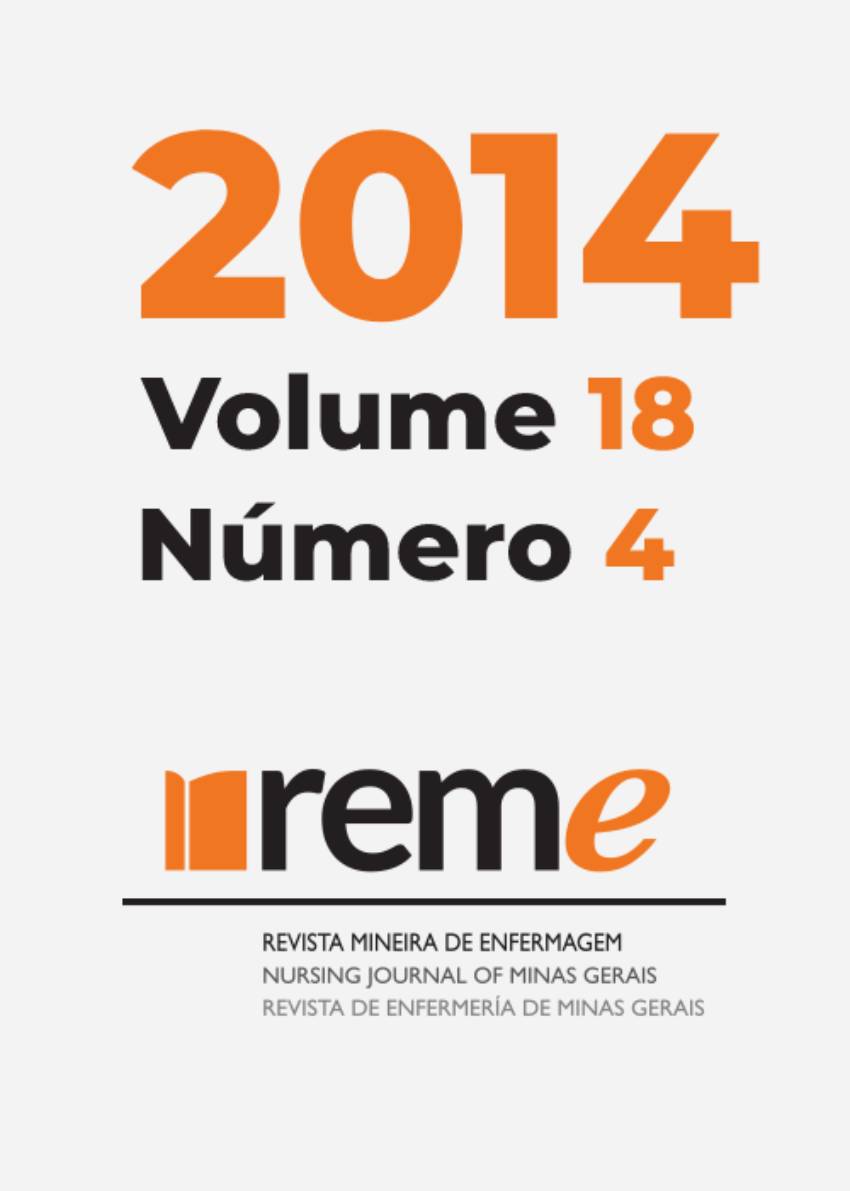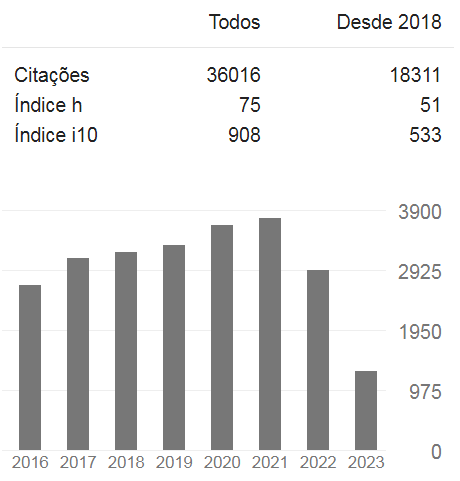Recommendations for prevention and control for the care of patients with Ebola in health institution
DOI:
https://doi.org/10.35699/reme.v18i4.50134Keywords:
Hemorrhagic Fever, Ebola, Nursing Care, Clinicals ProtocolsAbstract
A review study of national and international databases was conducted to identify the best prevention and control recommendations for direct care of patients with Ebola. For the research articles from national and international databases were used. The study sample consisted of 14 articles. Ebola hemorrhagic fever has epidemic characteristics and therefore the implementation of prevention and control strategies directly influence the risk of infection and disease transmission. The use of standard precaution measures, contact prevention and droplets, as well as proper care of medical equipment and materials are essential and should be adopted. Training of health professionals, as well as providing resources for the work by the health institutions are ethical ways to ensure that healthcare staff have a safe work environment with minimal risk of contamination and are able to provide the best care to patients.References
Center for Disease Control. About Ebola Virus Disease. [Citado em 2014 nov.
. Disponível em: http://www.cdc.gov/vhf/ebola/about.html.
Center for Disease Control. Ebola (Ebola Virus Disease). [Citado em 2014 out.
. Disponível em: http://www.cdc.gov/vhf/ebola/.
Center for Disease Control. Risk of exposition. [Citado em 2014 nov. 11].
Disponível em: http://www.cdc.gov/vhf/ebola/exposure/index.html.
Center for Disease Control. Transmission. [Citado em 2014 nov. 11].
Disponível em: http://www.cdc.gov/vhf/ebola/transmission/index.html.
Center for Disease Control. Sings and Symptoms. [Citado em 2014 out. 14].
Disponível em: http://www.cdc.gov/vhf/ebola/symptoms/index.html.
Center for Disease Control. Treatment. [Citado em 2014 out. 14]. Disponível
em: http://www.cdc.gov/vhf/ebola/treatment/index.html.
Center for Disease Control. Diagnoses. [Citado em 2014 out. 14]. Disponível
em: http://www.cdc.gov/vhf/ebola/diagnosis/index.html.
Galvão CM. Níveis de evidência [editorial]. Acta Paul Enferm. 2006; 9(2):v.
Centers for Disease Control and Prevention, World Health Organization.
Infection control for viral haemorrhagic fevers in the African health care
setting. Atlanta: Centers for Disease Control and Prevention; 1998. p. 198.
Center for Disease Control. Infection prevention and control
recommendations for hospitalized patients with known or suspected
ebola virus disease in U.S. hospitals. [Citado em 2014 out. 14]. Disponível
em: http://www.cdc.gov/vhf/ebola/hcp/infection-prevention-and-controlrecommendations.html.
Camara FP. O vírus ebola e sua infecção. Folha Médica. 1995; 111(1):47-51.
World Health Organization (WHO). Interim infection prevention and
control guidance for care of patients with suspected or confirmed filovirus
haemorrhagic fever in health-care settings with focus on ebola. Geneva:
World Health Organization; 2014.
Weber DJ, Rutala WA. Risks and prevention of nosocomial transmition of
rare zoonotic diseases. Clin Infect Dis. 2001; 32:446-56.
Casillas AM, Nyamathi AM, Sosa A, Wilder CL, Sands H. A current review of
Ebola Virus: pathogenesis, clinical presentation, and diagnostic assessment.
Biol Res Nurs. 2003; 4:268-75.
Ercole FF, Costa RS. Protocolos de cuidados frente a doenças decorrentes de
bioterrorismo. Rev Latinoam Enferm. 2003; 11(4):516-24.
Decker KB, Sevransky JE, Barrett K, Davey RT, Chertow DS. Preparing for
critical care services to patients with Ebola. Ann Intern Med. 2014; 23:1-3.
Fischer WA, Hynes NA, Perl TM. Protecting health care workers from Ebola:
personal protective equipament is critical but is not enough. Ann Intern
Med. 2014; 161:753-4.
Kortepeter MG, Smith PW, Hewlett A, Cieslak TJ. Caring for patients with
Ebola: a challenge in any care facility. Ann Intern Med. 2014; 16:1-3.
São Paulo. Secretaria de Estado da Saúde. Coordenadoria de Controle de
Doenças. Centro de Vigilância Epidemiológica Professor Alexandre Vranjac.
Nota Técnica – Ebola. Situação na África e Condutas para Profissionais de
Saúde. São Paulo: SMS; 2014.
Wolz A. Face to face with Ebola: na Emergency Care Center in Sierra Leone.
N Engl J Med. 2014; 371(12):1081-3.
Centers for Disease Control and Prevention. Update: outbreak of Ebola
viral hemorrhagic fever – Zaire. MMWR Morb Mortal Wkly Rep. 1995;
(25):468-9.
Centers for Disease Control and Prevention. Management of patients with
suspected viral hemorrhagic fever. MMWR Morb Mortal Wkly Rep. 1988;
(S-3):1-15.
Downloads
Published
Issue
Section
License
Copyright (c) 2014 Reme: Revista Mineira de Enfermagem

This work is licensed under a Creative Commons Attribution 4.0 International License.






































